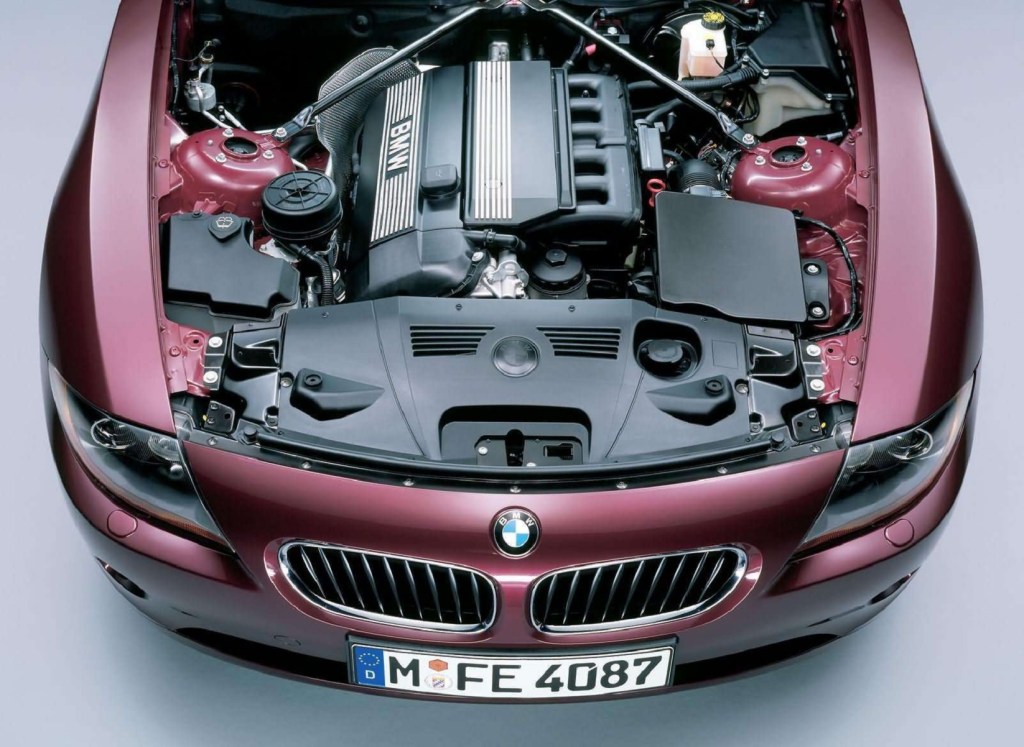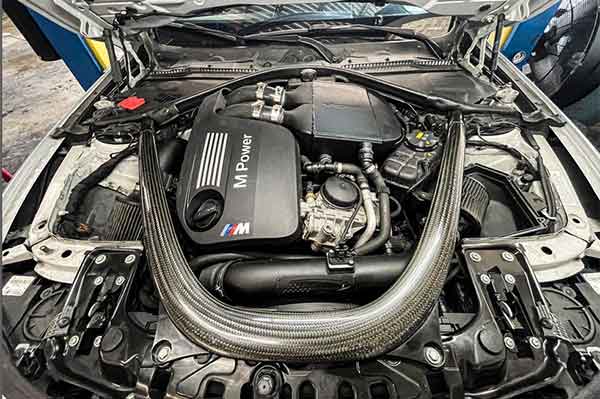A New user's Overview to Selecting the Right BMW Engine for Your Requirements
A New user's Overview to Selecting the Right BMW Engine for Your Requirements
Blog Article
Discovering the Advancement of Burning Engines in Modern Transport Equipments
As we browse the landscape of contemporary transportation, the advancement of combustion engines stands as a testament to human resourcefulness and engineering expertise. The interplay of history, technology, and environmental worries in shaping the trajectory of burning engines creates a story that is both insightful and engaging.
Very Early Beginnings of Combustion Engines
Just how did the idea of burning engines very first emerge in the onset of transport development? The origins of combustion engines can be mapped back to the 17th century when the principles of inner combustion were initial explored. In 1673, Christian Huygens conceptualized a standard internal burning engine that used gunpowder to produce power. However, it had not been till the late 19th century that useful applications of burning engines in transportation began to arise.
The breakthrough moment featured the invention of the very first effective gasoline-powered engine by Karl Benz in 1885 - bmw engine. This engine led the way for the advancement of the modern-day auto, transforming transportation systems worldwide. Succeeding technologies by Nikolaus Otto and Gottlieb Daimler further refined combustion engine innovation, bring about the automation of automobiles and the rapid growth of the transportation market
These early combustion engines were characterized by their simplicity and efficiency, laying the foundation for the complex and powerful engines used in modern transportation systems. The advancement of burning engines has actually contributed fit the method we travel and transfer goods, marking a significant landmark in the background of transport advancement.
Shift to Internal Burning Modern Technology
The shift to internal burning modern technology noted a critical shift in the advancement of transport systems. This shift started in the late 19th century, with developers like Nikolaus Otto and Gottlieb Daimler establishing the very first successful internal burning engines. These engines reinvented transportation by providing an extra reliable and powerful alternative to vapor engines and electrical motors.
One of the crucial advantages of inner combustion engines was their ability to be reduced to fit into vehicles, bring about the advancement of automobiles and motorbikes. This shift from cumbersome, stationary engines to small, mobile ones paved the method for the modern transportation systems we see today.
The change to interior burning technology additionally spurred innovations in gas technology, bring about the advancement of fuel and diesel as primary fuel sources for cars. This shift not just made transportation a lot more available to the masses yet also laid the foundation for the oil and gas sector to become important to international economies.
Effect of Combustion Engines on Transportation
The adoption of burning engines in transport systems catalyzed a profound shift in the performance and rate of global movement. Burning engines changed transportation by offering a versatile and trustworthy resource of power for numerous vehicles, including automobiles, vehicles, aircrafts, and ships. This technology significantly enhanced the capacity for people and goods to move over fars away in shorter timespan, leading to enhanced connectivity between areas and countries.
In addition, the prevalent usage of burning engines has actually had a significant effect on economic development. The ability to transfer goods efficiently has actually stimulated trade and commerce, allowing businesses to increase their markets and get to consumers worldwide. This has facilitated financial development and globalization, as products can now be moved much faster and in larger quantities than ever in the past.
Nonetheless, the ecological impact of burning engines can not be forgotten. The burning of fossil fuels has actually Related Site caused air pollution and greenhouse gas emissions, adding to climate change and posing wellness dangers to populations. bmw engine. As an outcome, there is a growing focus on establishing alternative propulsion modern technologies to alleviate these unfavorable effects and produce a more lasting future for transportation
Innovations in Burning Engine Design
One notable innovation is the development of turbocharged engines, which use exhaust gases to drive a generator that presses inbound air, enabling for more fuel to be burned, resulting in raised power result without a considerable boost in engine size. Variable shutoff timing systems have also revolutionized engine layout by maximizing air view flow at different engine rates, boosting both power and effectiveness. These developments collectively add to the constant improvement of burning engines in contemporary transportation systems.
Future Fads in Burning Engine Development
With modern technology advancements driving constant innovation, the future of combustion engine growth is poised to transform transport systems globally. One of the essential fads in burning engine development is the press in the direction of greater effectiveness and lowered emissions.
One more famous fad is the adoption of hybrid innovations in burning engines. Crossbreed engines combine conventional burning modern technology with electrical power, offering enhanced fuel effectiveness and reduced exhausts. As the automotive market changes towards electrification, hybrid combustion engines are seen as a transitional remedy that bridges the gap between traditional automobiles and totally electrical ones.
Furthermore, the combination of wise innovations, such as man-made knowledge and information analytics, is anticipated to play a substantial duty in the future of burning engine growth. These modern technologies can maximize engine performance in real-time, resulting in much more effective combustion processes and improved general car performance. Embracing these future trends will not only drive innovation in burning engine growth yet additionally add to an extra lasting and eco-friendly transport environment.

Conclusion
In final thought, the evolution of burning engines in modern-day transport systems has been noted by significant important site improvements in technology and layout. From the very early beginnings of burning engines to the shift to internal burning technology, these engines have actually had an extensive impact on transport.
The roots of burning engines can be traced back to the 17th century when the concepts of interior burning were very first explored. These engines changed transportation by offering a much more efficient and effective alternative to vapor engines and electric motors.

Report this page